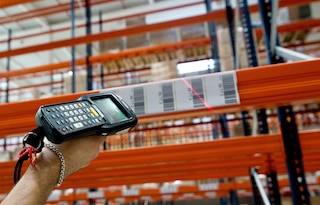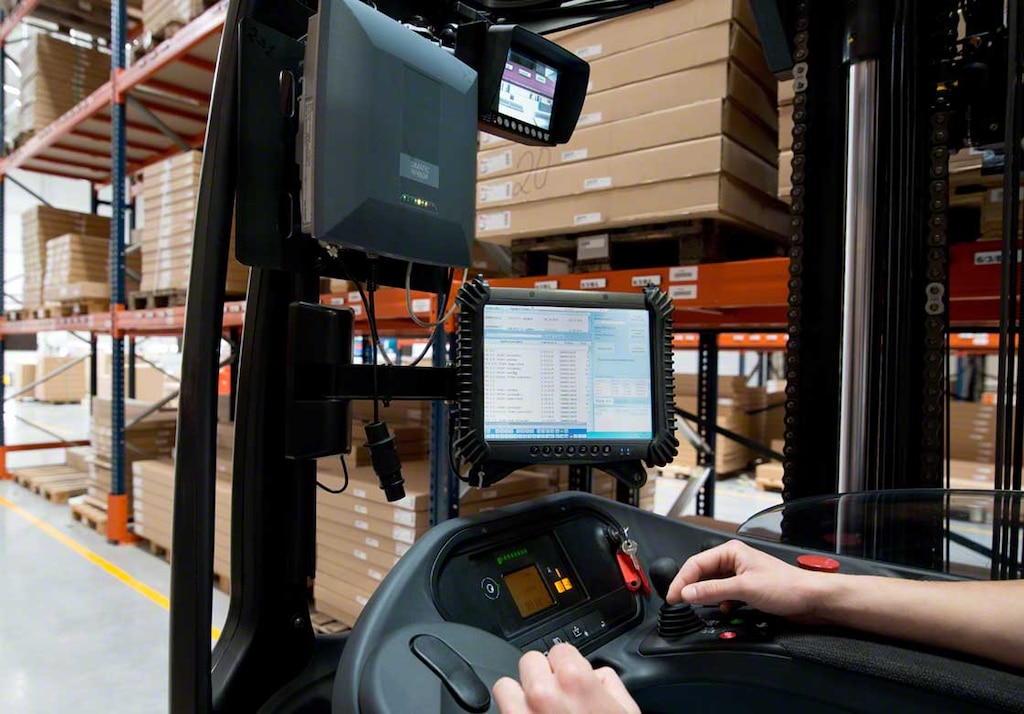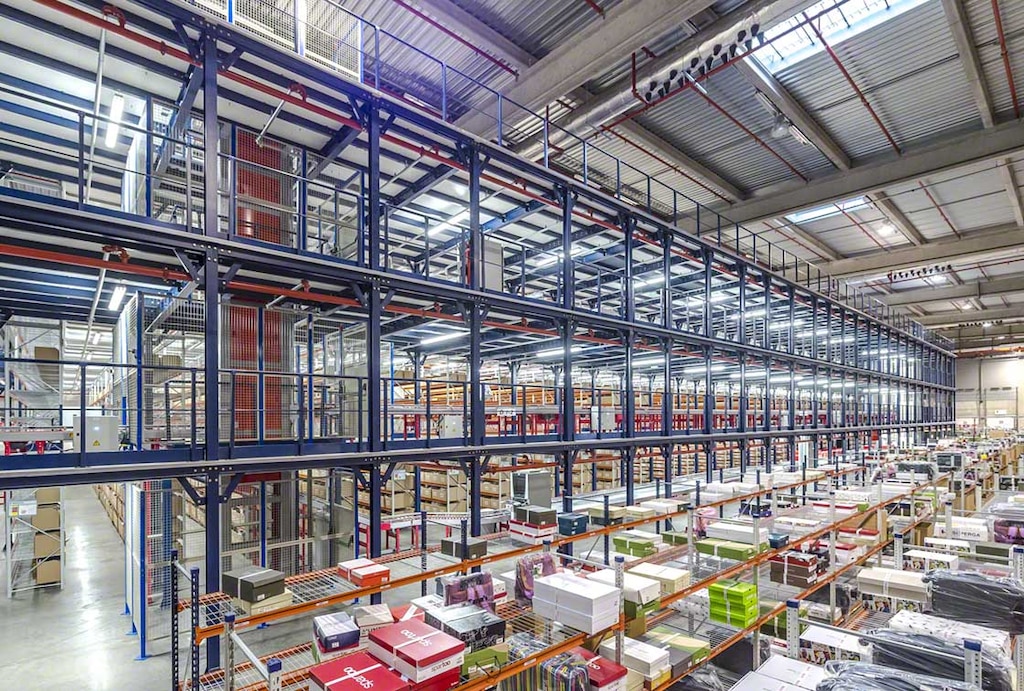
Inventory control: the key to better customer service
Inventory control consists of knowing the status of a company’s goods, including raw materials, semi-finished goods, and finished products.
For some businesses, periodic monitoring of their SKUs is enough. Nevertheless, others need much more extensive stock management, as they have production processes, higher product turnover, and customer returns (known as reverse logistics). Whatever the case may be, inventory control is essential for increasing profitability.
In this post, we examine inventory control, why it’s so necessary nowadays — with companies managing growing numbers of SKUs — and how to implement it.
What’s inventory control?
The concept of inventory control encompasses the set of processes and methods aimed at supervising a company’s stock. When a company knows all about its goods in detail, it can plan and organize its flows and operations better.
Within inventory control is stock management, which constitutes recording the procurement and marketing of the products. A company needs to set minimum stock levels to provide service and must determine its reorder point, which is when the replenishment order should be triggered.
This way, the firm will have a balance between warehouse inflows and outflows and will know the availability of its goods. Inventory control requires organizations to take into account fluctuations in demand, supplier lead time, and the operation of the business to define the amount of merchandise needed to attend to customers properly.

Why carry out inventory control?
The goal of inventory control is twofold: to minimize storage costs and to provide excellent customer service.
Having optimal stock levels and maintaining the right balance of SKUs in the warehouse is crucial for company profitability. This is because stockouts could cause delays and customer complaints.
On the other hand, you don’t want to have overstock, which entails additional costs and, potentially, goods that become obsolete.
How to perform inventory control
The inventory control process can be carried out in three different ways:
- On paper or manually. Operators have a list of the product catalog; they travel around the warehouse, checking the number of items available for each SKU and immediately jotting down the number on the paper. The drawback to this working method is that mistakes can be made, so it’s really only viable for small companies with minimal stock and turnover levels.
- Via Excel. With this program, you can make lists of the items in the installation. As opposed to paper, Microsoft Excel has specific templates for taking inventory and data can even be collected directly from barcode readers. However, virtually the entire data entry process is manual, so the probability of errors is rather high.
- Through a warehouse management system. It’s clear that controlling inventory manually is grueling, and the risk of mistakes is high. A WMS (such as Easy WMS from Interlake Mecalux), on the other hand, does away with paper, streamlines inventory control, and eliminates errors. As this software controls all product entries and exits, it carries out comprehensive, safe monitoring of the processes that each item goes through.
Inventory control: how often?
Companies have to establish the frequency with which inventories should be made, although that depends on factors such as the amount of available goods, the size of the facility, and the number of operators.
Inventory control can be periodic (for example, monthly, quarterly, semi-annual, or annual). This process will occupy a good part of the staff for one or more days, and warehouse operations will probably be interrupted. Plus, it requires a major effort and can lead to mistakes; after all, it’s still a manual task.
Inventory cycle counting is another technique used. It comprises counting certain SKUs more frequently than others, according to their common characteristics or their turnover (following the ABC analysis). Contrary to annual or semi-annual inventory, this ensures more thorough knowledge of the SKUs stored, reducing the risk of a stockout.
Finally, the ideal case is to be able to have real-time or perpetual inventory control. That is, inventory updated in real time, with stock movements being recorded constantly (from inflows and outflows to internal movements). This is only possible through a WMS, since this system automatically monitors the receipt, storage, and dispatch of the products. Real-time inventory cuts costs, minimizes errors, and does away with interruptions to operations.
Physical vs. book inventory
It’s important not to confuse physical inventory with book inventory. The former refers to the actual goods present in the warehouse, while the latter relates to the monetary value of those goods.
The objective of physical inventory control is to ensure that the units registered in the system match those that are actually on the racks. Differences may exist due to mistakes made in picking, to theft, etc. Therefore, they need to be adjusted.
Book inventory control aims to balance the monetary value of the stock procured with that dispatched. This is problematic when the same SKU has been purchased at different prices; that’s because once these items have been placed on the racks, they’re identical. Here’s where various accounting methods come into play: FIFO (first in, first out, the value of the last product dispatched is that of the oldest product), LIFO (last in, first out, the value of the product dispatched is that of the most recent product), and weighted average cost (which takes into account the average price).
In any event, to properly monitor book inventory, control of physical inventory must be exhaustive. Not knowing exactly what products are in a facility makes it impossible to assign an economic value to the company’s stock.

All products under control
The goal of inventory control is to facilitate operations in the warehouse. Good product organization reflects positively on all activities carried out in the installation.
By knowing the exact availability of all items in the warehouse, the company is much more effective and, thus, has a better corporate image. It can organize replenishment and picking as well as face changes in demand with ease. Moreover, it stores enough stock to be able to serve its customers, even when rises in sales occur.
Efficient inventory control also helps to leverage warehouse resources. Thus, for example, storing items that are vital for providing service means that they occupy a limited amount of space.

It’s simple: with more data and information on the products in your facility, you’ll be able to make improvement decisions more easily and accurately. That’s why your best option is a warehouse management system such as Easy WMS from Interlake Mecalux. Feel free to get in touch. We’ll walk you through the features of this software and show you how it can help you control your inventory in real time.
